Dirty Concrete Wall | Rough surface of dirty concrete wall. … | Flickr
M’tzora: If Walls Could Talk
Reb Carl Viniar
Many of us still remember our parents saying, “just wait until you’re older!” I thought they were talking about being able to do more things. Now that I am older, I think they were talking about things we would understand, things we could only distinguish having lived life. I think they were also telling me that then I would earn the right to say, “I know,” and with that, I would have the obligation to share what I knew.
In M’tzorah, God tells Moses how to “purify” a person who was afflicted by tsara’at and who then healed. Tsara’at, according to “Reb Wikipedia,” is frequently mistranslated as leprosy, and describes ritually unclean, dis-figurative conditions of the skin, hair of the beard and head, clothing, or walls. For purification, a priest must confirm that the person is healed, has no more lesions, and then make sacrifices. The healed person washes his clothes, shaves off all his hair and bathes. He remains outside for seven more days and is then deemed clean and capable of reentry into the community.
Leprosy, we now know, is a slightly contagious bacterial disease. The Talmud makes it very clear that tsara’at was not a contagious disease, but a condition caused by improper speech. Lesions for just talk? Didn’t our Rabbis have mothers who told them “sticks and stones may break their bones, but words can never harm them?” Why would “evil speech” cause a horrible condition that could only be healed with isolation and priestly intervention?
Rabbi Jonathan Sacks z”l explained that “Tsara’at was a condition that brings not sickness but rather impurity, tumah. The appearance of mold or discoloration on the walls of a house was the first public signal. It warned everyone, ‘Bad things have been said in this place.’ Then the tsara’at would spread closer and closer to the speaker–appearing on furniture, then on their clothes, then on their skin–until eventually they found themselves diagnosed as impure, and separated from the community.
But why would lashon hara, “evil speech,” cause this condition? Because, Rabbi Sacks suggests, speech can either hold society together or break it apart. From our vantage point, we can look back at the gradual loss of faith in our leaders. Lashon hara has destroyed trust and promoted dissension. It makes people suspicious. Perhaps this why the priest is called to determine if the person is cured. Is the priest just checking for lesions, or for teshuva? The lesions would only be gone if this divinely imposed condition had been lifted–if there had been repentance and a return from the ways of evil speech.
Today, we can’t find tsara’at. We’re not even sure what it is. But we find the massive consequences of evil speech. We see it in lies, antisemitic tropes and racist slogans being circulated on social media. We find it in personal, public attacks on people who disagree or are members of a different political parties. We are now wise enough (or old enough) to recognize that separate facts and fake news are destroying our trust of each other, and the very fabric of our society. We who have been around since before social media must be vigilant in distinguishing evil speech; calling it out, and demanding that it stop.
Remember civil discourse? Remember when please and thank you were part of our regular vocabulary? I was expected to follow basic rules of civility no matter where I was. Mind your manners, think before you speak, do not curse. We were taught to address elders politely and respectfully, dress appropriately, and that it was a shanda to air our dirty laundry in public. We now have right and the obligation to demand a return to those ways of respect.
We all heard our parents tell us, “if you don’t have anything nice to say, don’t say it.” That has been lost in the ether. Social media protects bad behavior by allowing people to engage in anonymous attacks, name-calling and constant insufferable criticism. Speech has been shortened into sound bites, and also shortened in generosity and kindness. It has however become amazingly effective in inciting upset, anger and even hate.
It has been painful to watch our society fragment. Basic values of compassion, respect and truth have been ignored. Fear and suspicion are the controlling emotions. People only hear polarized, unsubstantiated, vehemently expressed views. We live in bubbles and justify uncivil behavior because the other side is worse. Civil political debate cannot be found. And outside of politics? Check out the parents at your grandchildren’s sporting events. The comments you hear yelled at the other teams and the referees should be embarrassing. We behave as is everyone who disagrees with us has lesions all over their bodies.
It is time for us, as wise elders, to use our influence. We know that respectful listening, dialogue, and debate, like in “the good old days,” would lead us to a better place. We know that we may not agree with others. We may never agree with some of them. But we must teach people to recognize the humanity, the image of God, in others. And we must demand that everyone behave accordingly.
In Talmudic debates, our sages respected each other, listened carefully, then restated their opponents’ positions before their own. Unpopular positions were not silenced. Both the accepted opinion and the dissent were published. In the famous Hillel/Shammai story, a Roman asked to be taught the entire Torah while standing on one foot. Shammai dismissed him. Hillel taught, “What you hate, do not do unto your neighbor—the rest is commentary.” Shammai heard the question as lashon hara. Hillel heard it as potential for dialogue. We can and must mine for the potential and lead the way.
Wouldn’t it be easier if lashon hara caused the appearance of white lesions on the skin? People would stop rather than look so bad. Where is tsara’at when we need it? It won’t show up again. So we must.

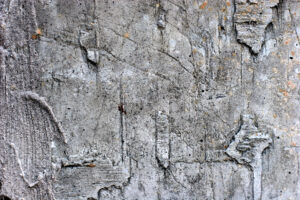
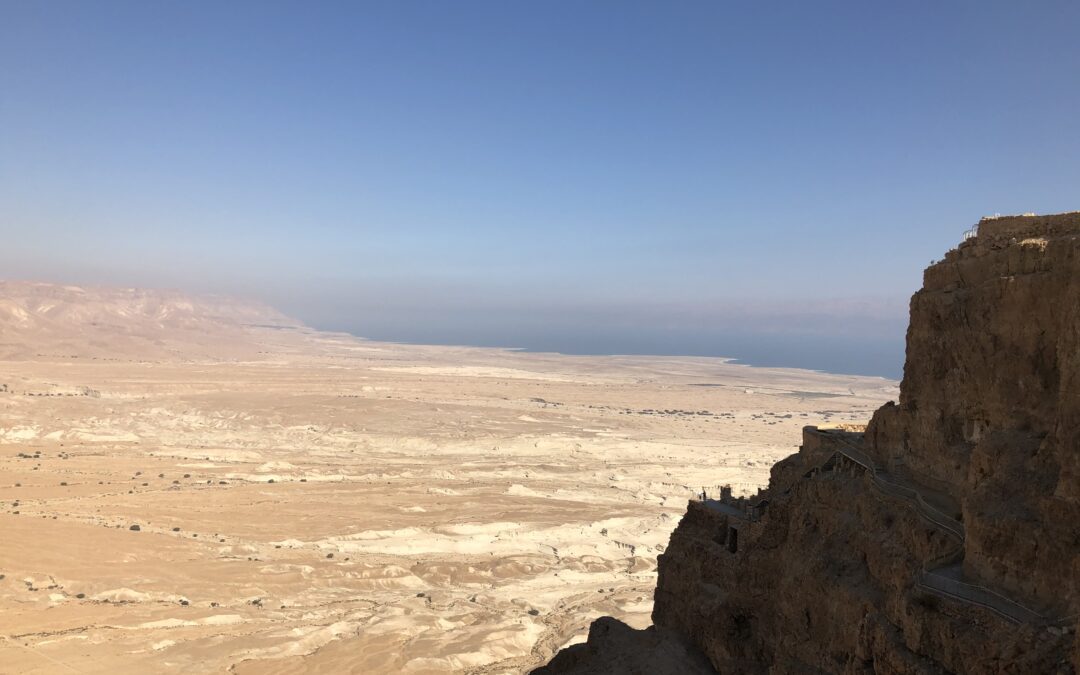
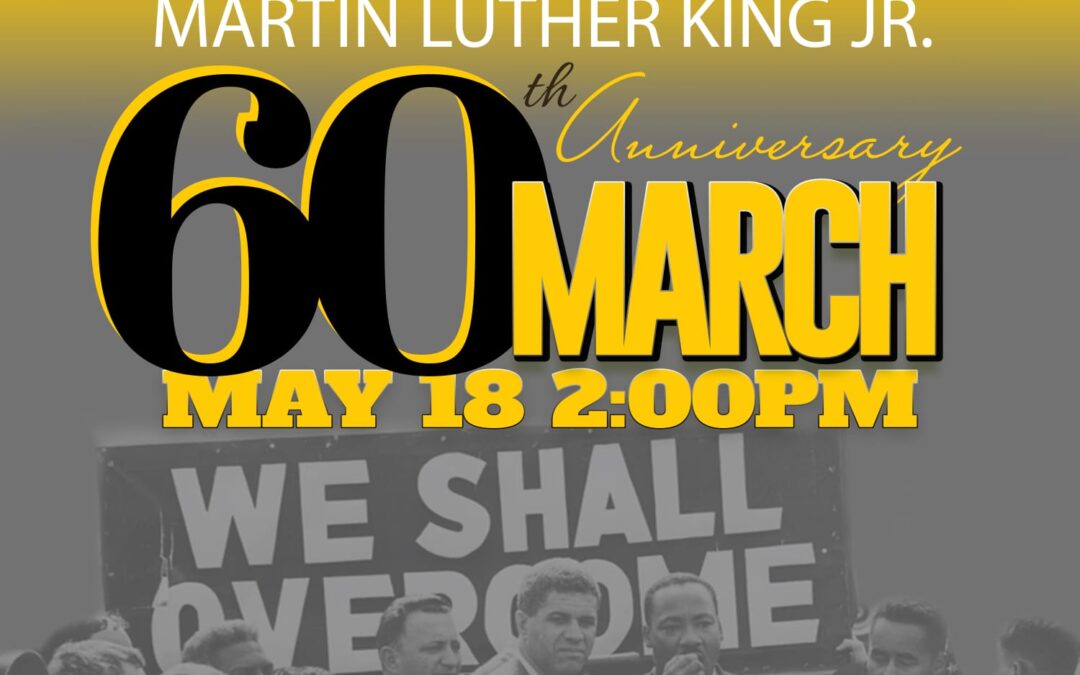


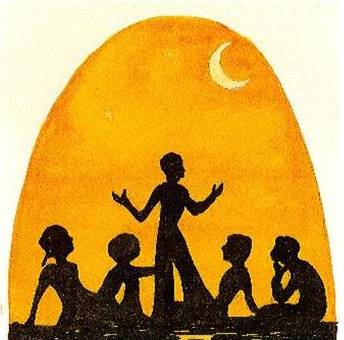

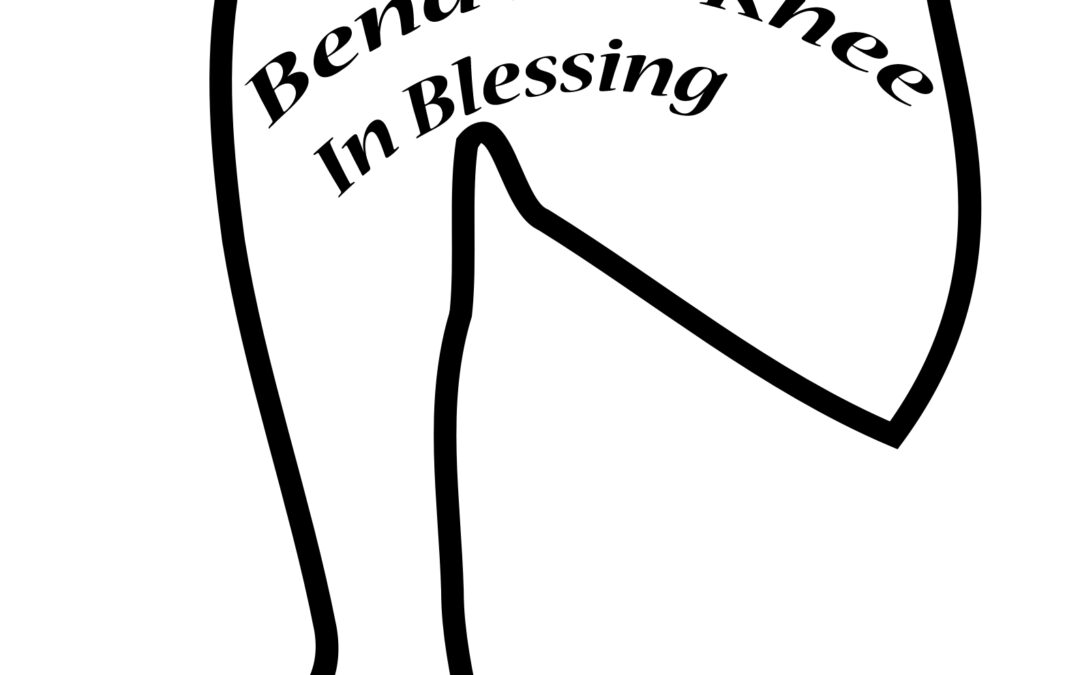

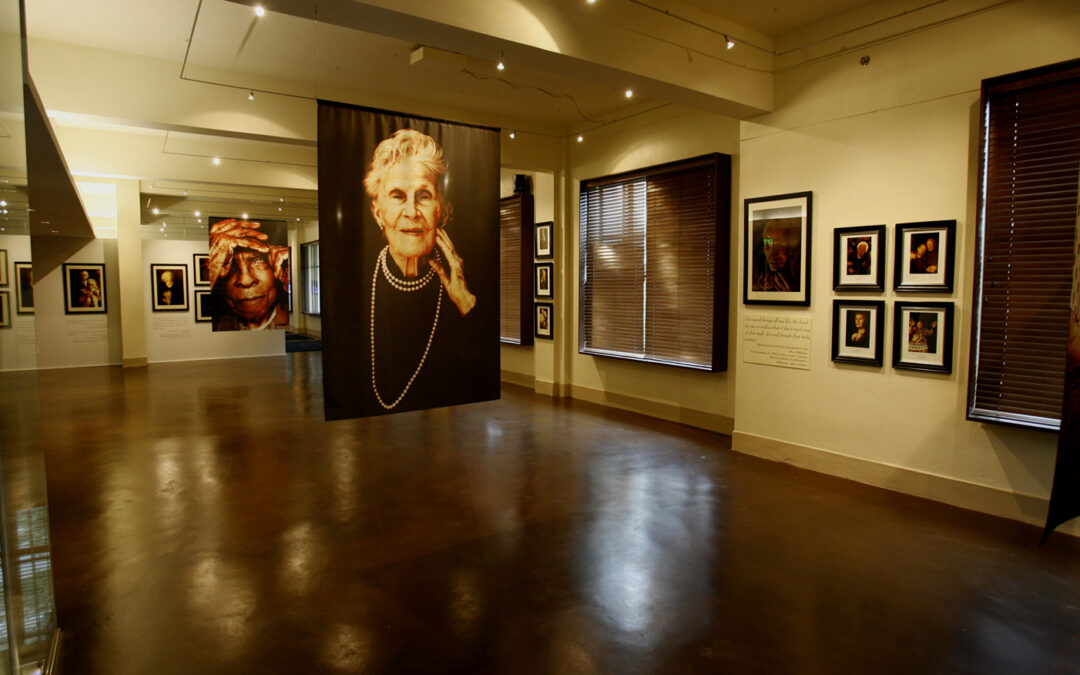
0 Comments